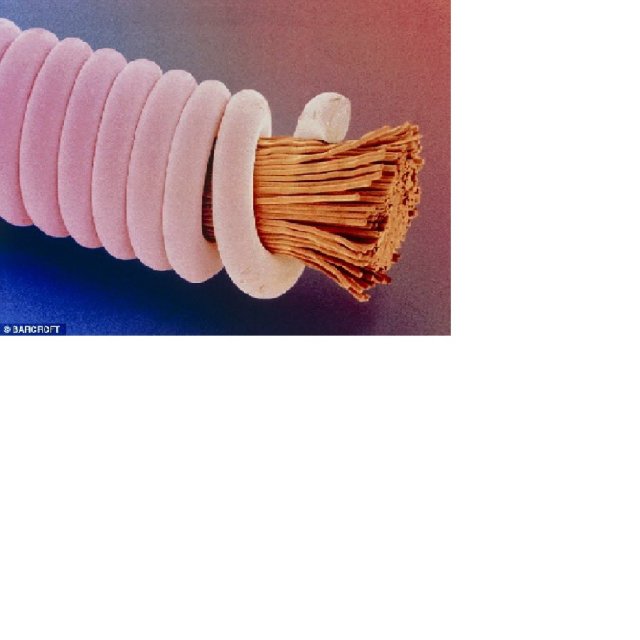| MoshZilla1016 | 19 Oct 2013 13:39 | Quote |
|
I found this info online and felt someone may benefit from it. THE STUFF THEY’RE MADE FROM AFFECTS THEIR TONE Your tone truly begins with your strings, and their tone begins with the metal they are made from. Most unwound G, B and high-E strings are made from plain steel, though some are plated with another metal. The most noticeable difference between string sets is often found in the wound strings. Pure nickel-wound strings offer a warm, round, vintage-style tone. Strings wound with nickel-plated steel wraps are a little brighter and louder than pure nickel, while even harder metals—such as chrome and stainless steel— are brighter still. THE LOWEST ACTION ISN’T ALWAYS THE BEST ACTION For shredding, an extremely low action (string height) is often the best way to go. For other styles, bringing up the action a little might help you sound better. Even if your strings aren’t noticeably buzzing with a low-action set up, their vibrational arc might be impeded somewhat, constricting their tone slightly. The harder you hit your strings, they wider that elliptical arc in which they vibrate, so heavy-handed playing styles are more likely to benefit from a slightly raised action. HEAVIER STRINGS CAN SOUND BIGGER… BUT NOT ALWAYS Thicker strings can make you sound bigger, but only if partnered with an appropriate playing style. If you hammer the strings hard to get a lot of movement out of those wires, going up a gauge or two might suite your playing style fine. But if you’re a more delicate player, you might not get those strings moving, and going up a gauge might just choke your tone. Jimi Hendrix is known to have used .009 and .010 sets, and tone monsters Jeff Beck and Jimmy Page both purportedly used super-light sets with .008 high-E strings. Wimps? Ha! SRV used .012 or .013 sets, but also tuned his Strats down a half-step to Eb, which makes a .012 feel more like an .011. MATERIAL = LONGEVITY Although the nickel alloy that pure nickel- wound strings are wrapped with is softer than plain steel, chrome, or stainless steel, pure nickel strings often have a considerably longer playing life because their perceived tone changes less rapidly than that of other strings. Nickel strings start off warm (that is, sounding “played in”) and stay that way, losing high end zing gradually as they age. Chromed and plated sets sound extremely lively to begin with, but that edge tapers off quickly as their coatings are worn away, giving a shorter perceived playing life. Softer nickel strings are also easier on your frets, which are themselves softer than chrome or stainless-steel strings (unless you have newer stainless-steel frets). WRAP SHAPES AFFECT FEEL & SOUND The vast majority of players use roundwound strings, but you might just find a little magic in something different. Flatwounds give many jazz players that Wes-certified tone, and they help retro-rockers chase authentic ’50s and early ’60s rock and roll sounds. If you’re looking to warm up a too-bright guitar, pure-nickel flatwounds might be the way to go. For a smoother feel that still has some high end zing, half-round strings might be your ticket. A guitar string under a microscope.....  |
||
| |||||||||||||||||||||||||||||||||
Copyright © 2004-2017 All-Guitar-Chords.com. All rights reserved.




